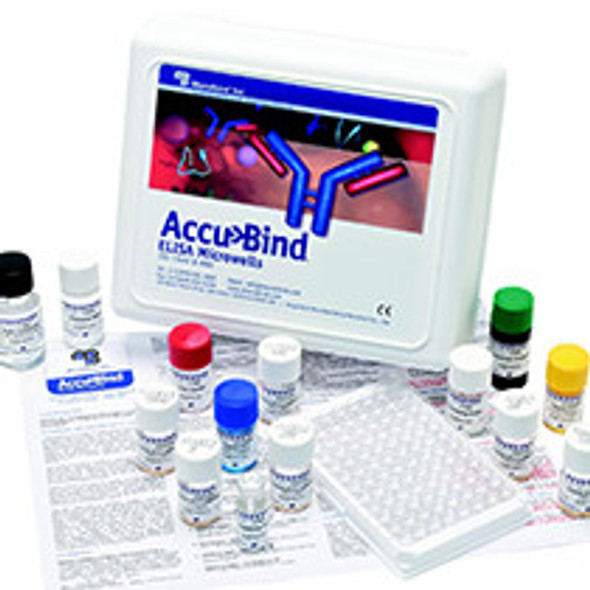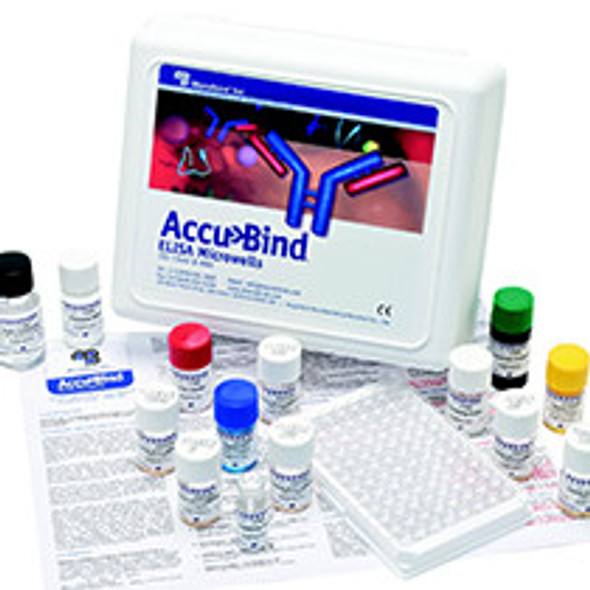Description
LH
Luteinizing Hormone (LH) is produced by the pituitary gland in the brain. Control of LH production is a complex system involving hormones produced by the gonads (ovaries or testes), the pituitary, and the hypothalamus.
Women’s menstrual cycles are divided into 2 phases, the follicular and luteal, by a mid-cycle surge of follicle-stimulating hormone (FSH) and LH. The high level of LH (and FSH) at mid-cycle triggers ovulation. LH also stimulates the ovaries to produce steroids, primarily estradiol. Estradiol and other steroids help the pituitary to regulate the production of LH. At the time of menopause, the ovaries stop functioning and LH levels rise.
In men, LH stimulates the Leydig cells in the testes to produce testosterone. LH levels are relatively constant in men after puberty. Testosterone provides negative feedback to the pituitary and the hypothalamus, helping to regulate the amount of LH secreted.
In infants and children, LH levels rise shortly after birth and then fall to very low levels (by 6 months in boys and 1-2 years in girls). At about 6-8 years, levels again rise before the beginning of puberty and the development of secondary sexual characteristics.
Additional Information
Method: |
Enzyme Immunoassay, Colormetric |
Principle: |
Sandwich Assay, Streptavidin-Coated Plate |
Calibrators: |
0, 5, 25, 50, 100, 200 mlU/ml (2nd IS 80/552) |
Sample: |
50 µl |
Sensitivity: |
0.8 mIU/ml |
Reading: |
450 nm |
Total Time: |
75 Minutes |
Shelf Life: |
18 Months |






